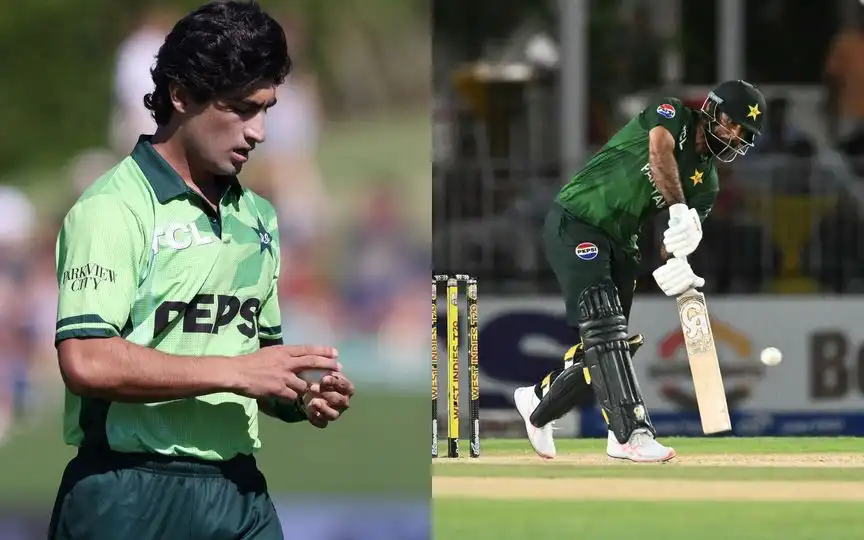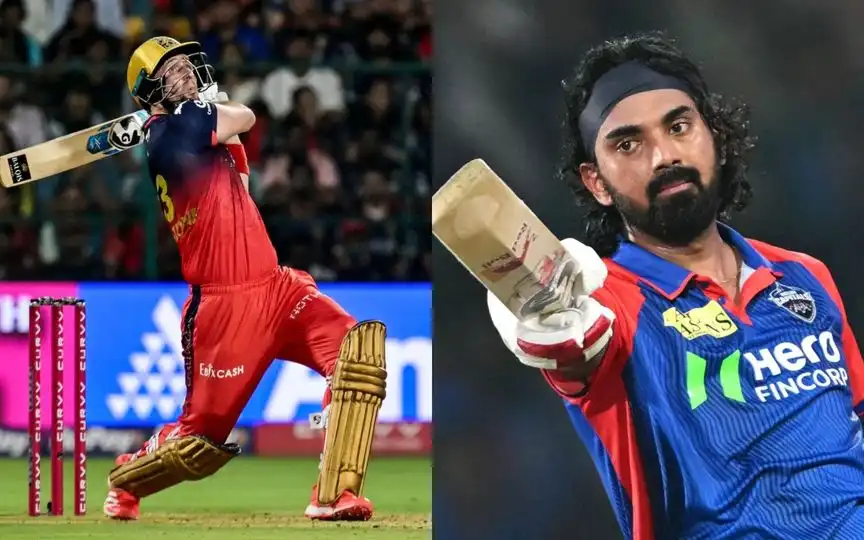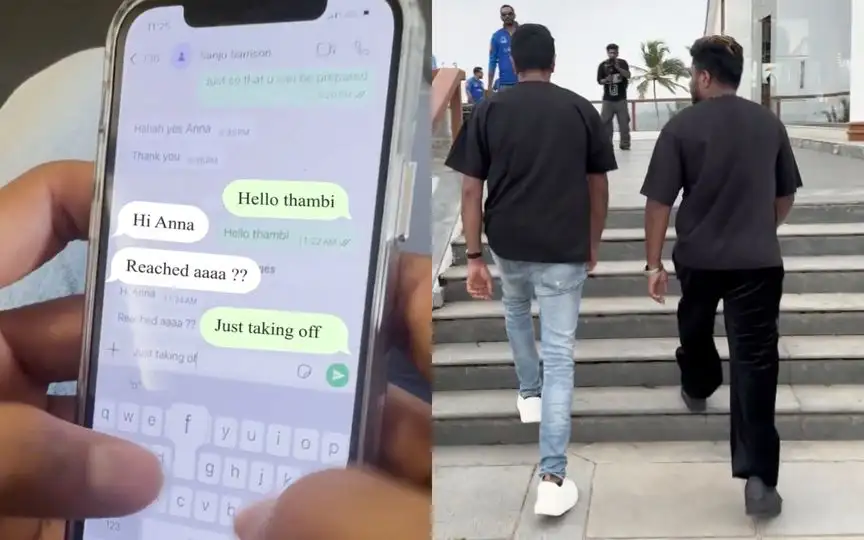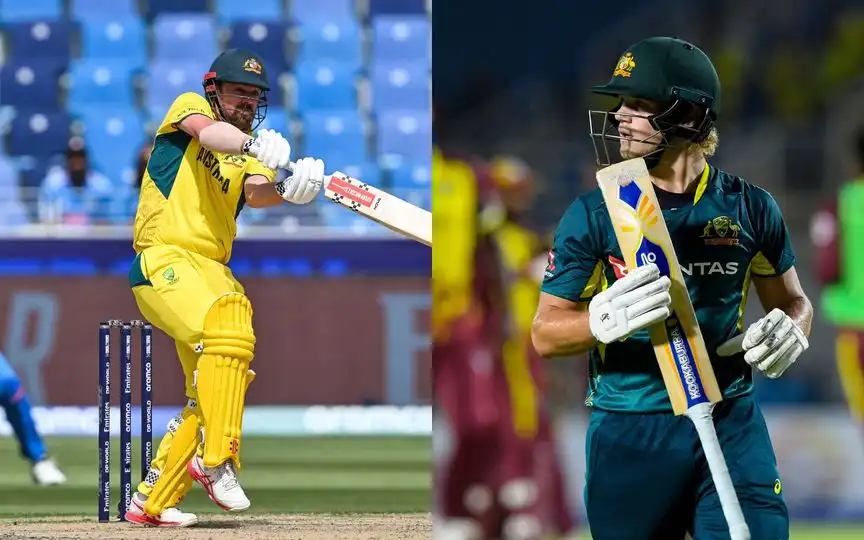.jpg?type=hq) Sanju Samson For RR - (Source : AFP)
Sanju Samson For RR - (Source : AFP)
In 2013, Rajasthan Royals took an 18-year-old Sanju Samson under their wings, which turned out to be one of their finest investments in IPL history. The inaugural winners groomed the Kerala-based talent, before the India star was handed the captaincy duties in 2021.
Samson took RR to the final in 2022, and the franchise were optimistic of a bright future. Little did they know that a situation would arise where their favourite child would ask to part ways. Samson's trade rumour has started a chain, resulting in players across teams showing interest to leave under the pretext of the trade window.
However, IPL trades, while providing some flexibility can be viewed as an inadequate and problematic mechanism for team building and player career management.
Franchises With Final Say Risks Key Relations
The trade rules offer power imbalance where the franchises have an upper hand. Players like Samson cannot force trades; franchise consent is essential, often resulting in stalemates that harm player morale and team dynamics.
For example- If RR refuse to let Samson go, then the RR star would be in an uncomfortable situation, where he will be forced to play for the Men in Pink against his will.
Trade demands can create tension and uncertainty within teams, destabilizing locker rooms and leadership structures, evident in Samson’s deteriorated relationship with Rajasthan Royals (RR) and the ongoing impasse with interested franchises CSK and KKR.
Trade Eliminates The Purpose Of A 'Purse' In Auctions
Trades often lack clear value equivalency, with franchises reluctant to part with key players or meet high trade demands, resulting in failed negotiations and forcing players into auctions.
In the Hardik Pandya case, Mumbai Indians, a more successful and financially strong franchise, bought, the former GT captain for 15 crores and also an undisclosed transfer fee. This method, eliminates the purpose of an auction, where the purse value holds a key value to not create an imbalance of financial power among teams.
A Power Game Creates An Imbalance Among Teams
Wealthy franchises can use large uncapped transfer fees beyond the auction purse to acquire star players from rivals, bypassing the spending caps and equal competition built into the auction system. This gives franchises owned by big corporations with deep pockets a significant, unfair advantage in building super-teams and depleting weaker squads.
Franchises owned by powerful corporates (e.g., MI, owned by a Reliance subsidiary) have disproportionate resources, enabling them to operate in a “cheque book warfare” that less wealthy teams can’t match. This undermines the level playing field intended by the IPL auction, leading to allegations of abuse of dominant position.
Fan Loyalty Goes For A Toss In Surprise Trades
Frequent or complicated trades may disrupt brand loyalty and fan engagement, as teams lose star players abruptly without a smooth transition mechanism. Franchises face challenges maintaining team cohesion and culture if trades are not strategically managed, as RR’s quandary with Samson’s trade demand shows.
High-profile trading can erode the team’s core identity and continuity, alienating loyal fans when local heroes are traded away or star captains are replaced for financial reasons. For example, MI’s decision to hand the captaincy to Pandya after trading for him sparked fan hostility and internal team friction.
Not The Ideal Win-Win Situation For Buyer And Seller
High-profile trades, such as Hardik Pandya’s move from Gujarat Titans (GT) to Mumbai Indians (MI) destabilized both the selling and buying teams. GT lost its captain and team balance, while MI gambled on a high-cost, out-of-form player, ultimately resulting in poor on-field returns and fan backlash.
In summary, Sanju Samson’s trade saga exposes core flaws in the IPL trade system: restricted player agency, negotiation deadlocks, minimal in-season flexibility, and strategic dissonance.
These issues suggest that IPL trades, in their current form, are not the best path forward for sustaining player careers or franchise stability. Greater reform—like extended windows, better player protection, and clearer trade valuation—would be required to make trades an effective tool for all stakeholders in the IPL ecosystem.
.jpg)




